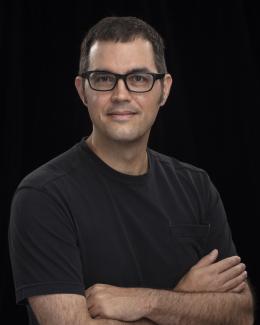Abstract
Plasma-facing materials in future large-scale fusion reactors must be designed to withstand high heat fluxes from extreme off-normal events such as edge localized modes and unmitigated plasma disruptions. The erosion rates of possible tungsten-alternative materials are tested under high heat flux conditions at the DIII-D National Fusion Facility. High-purity β-3C CVD silicon carbide was exposed alongside MAX phase ceramic Ti3SiC2 to both L- and H-mode plasma discharges in the DIII-D divertor. Samples survived average heat fluxes ranging from 2–10 MW/m2 over 16 s. A new micro-trench erosion measurement technique was successfully implemented and measured Ti3SiC2 and SiC erosion rates of 0–9 nm/s and 27–73 nm/s, respectively. Additionally, average ion impact angle estimates for an incident B-field angle of ∼1.5° from surface parallel were made using micro-trench impact patterns. Measurements ranged from θ = 24º–34º with respect to Bt and ϕ = 51.5º–55º below the surface normal.




